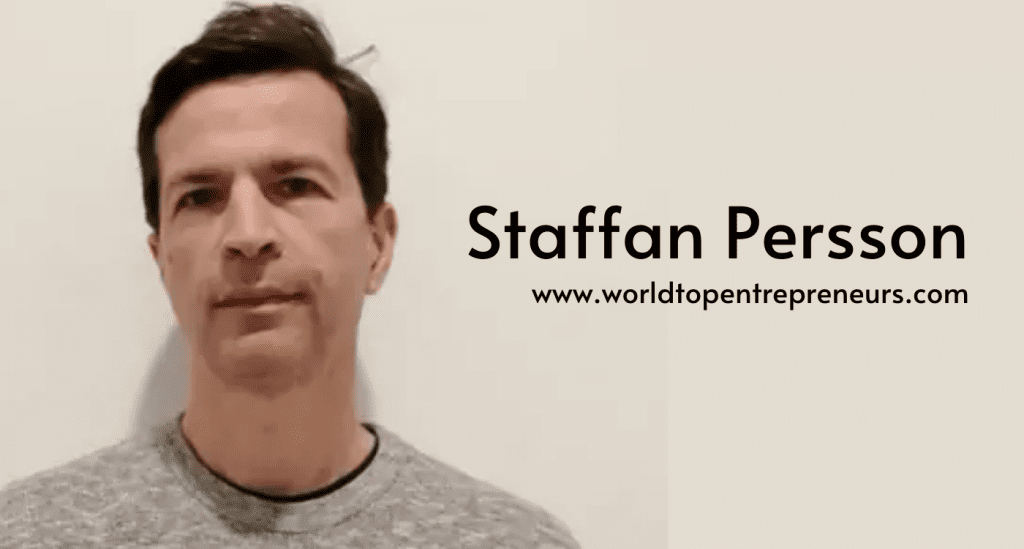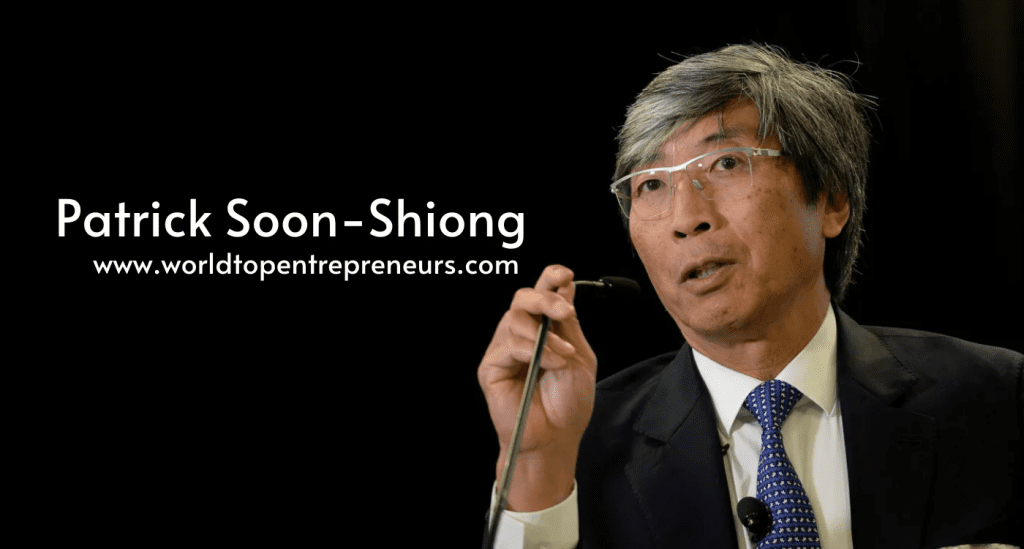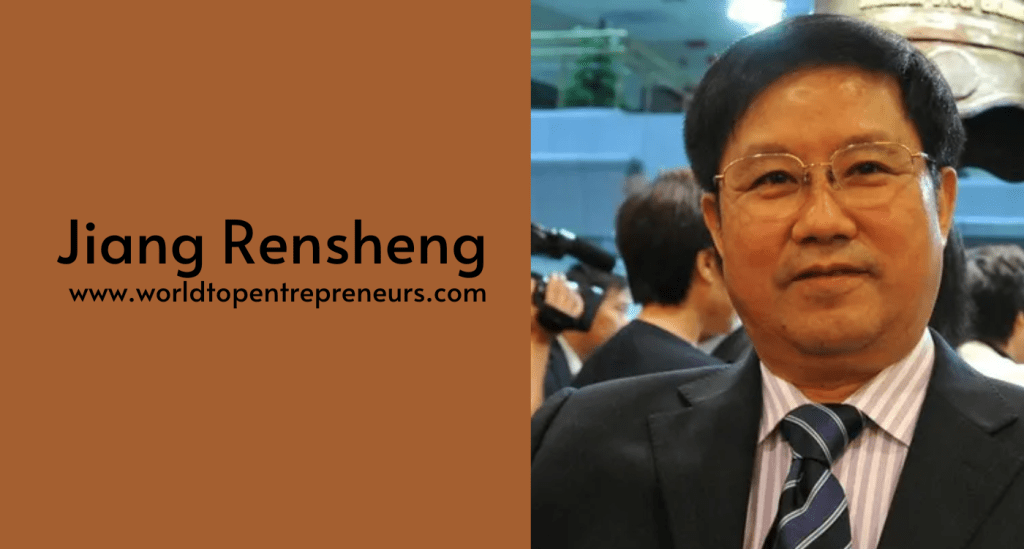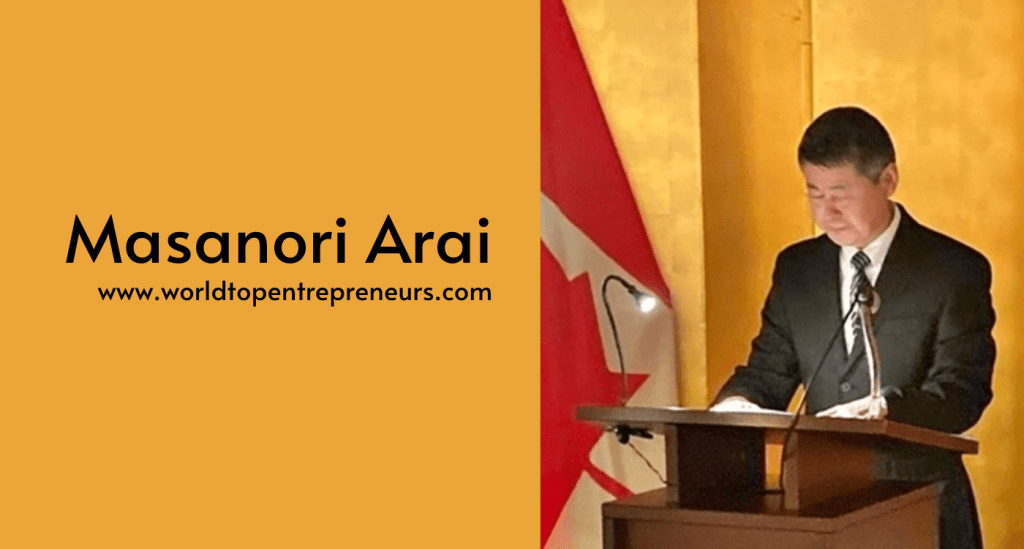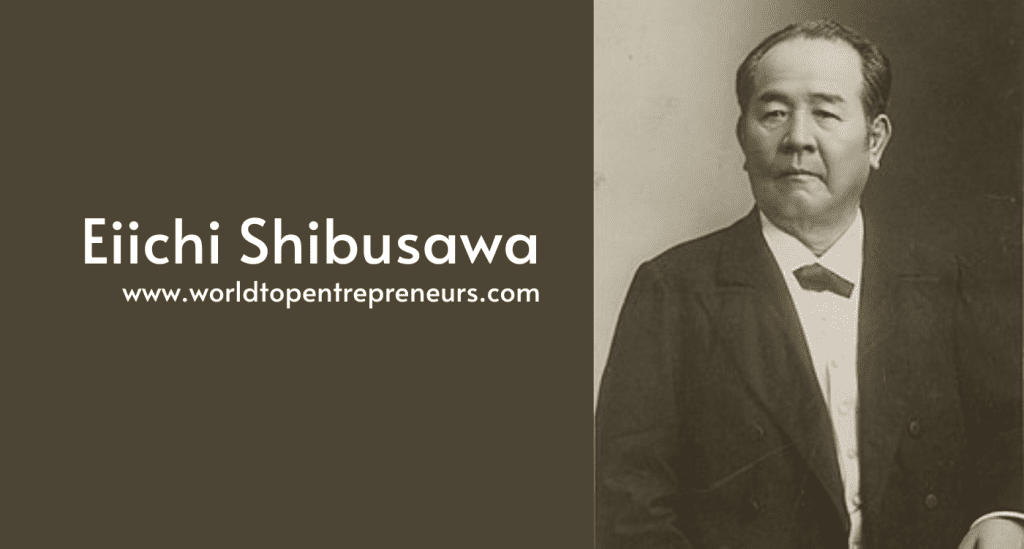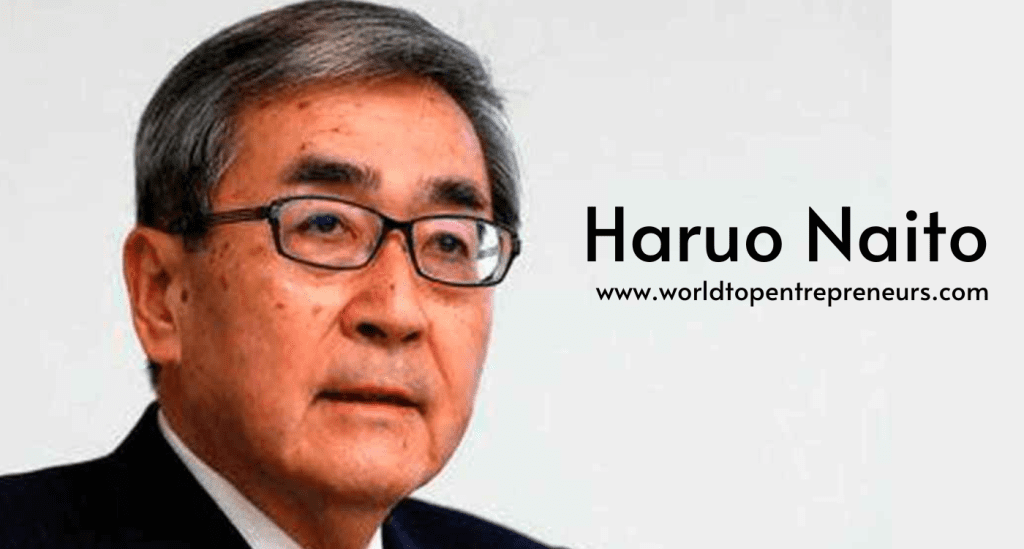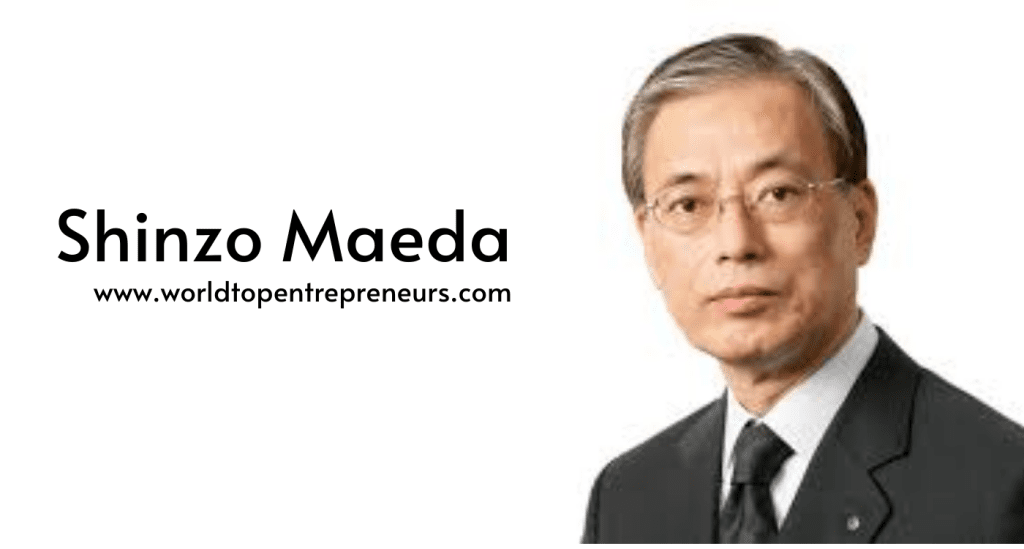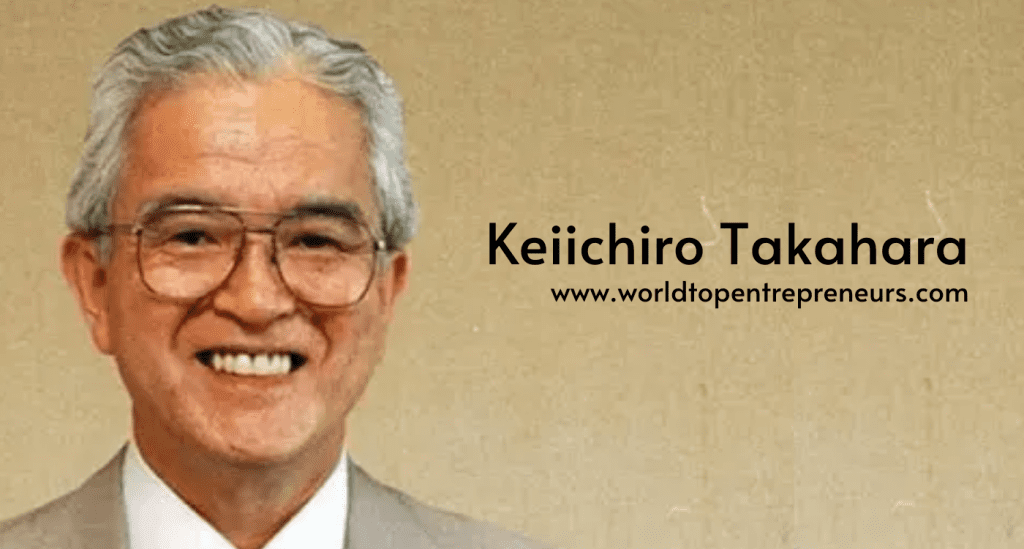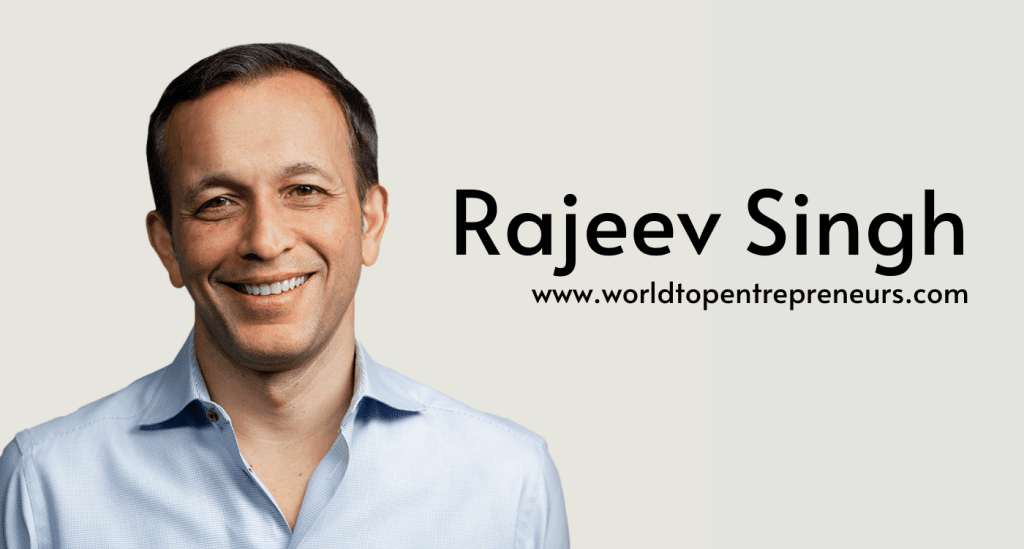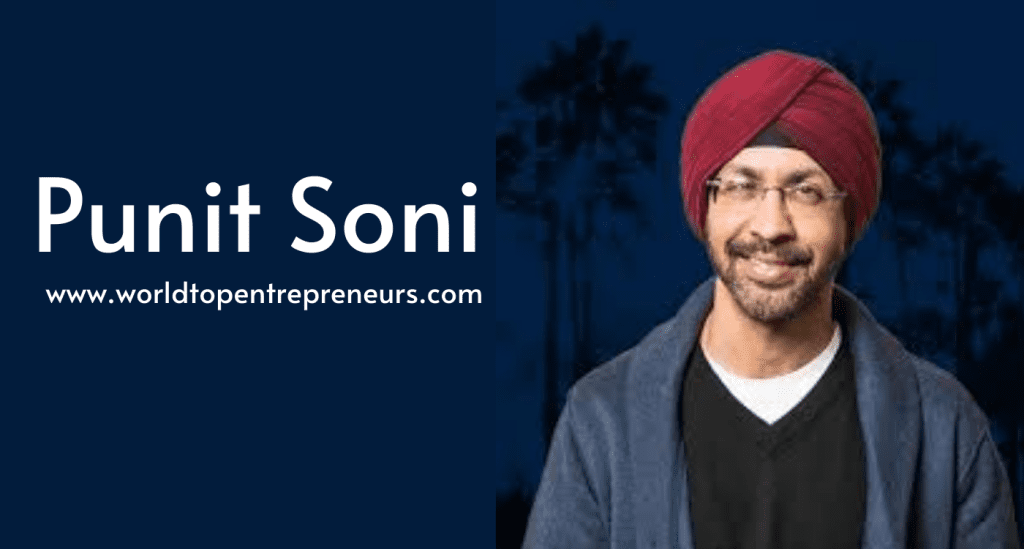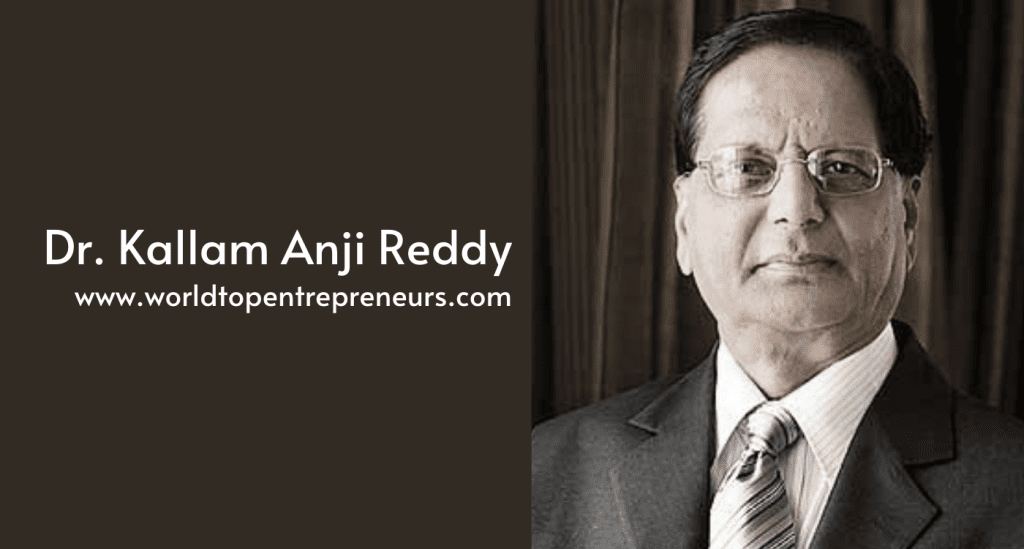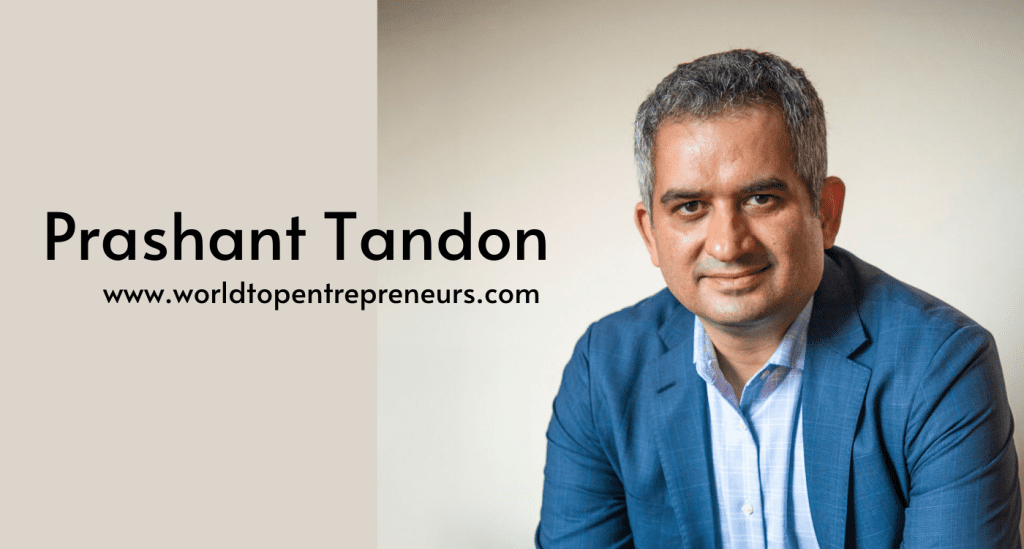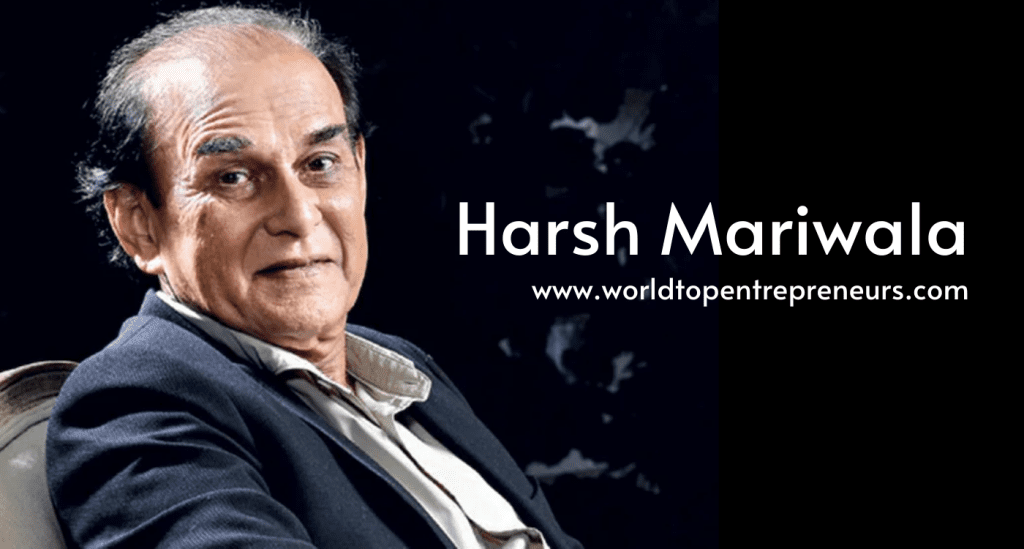Stefan Persson, former CEO and chairman of H&M Group, is widely recognized as one of Sweden’s most influential business leaders. Under his leadership, H&M transformed from a regional retail chain into one of the world’s largest and most iconic fashion brands. Known for his strategic foresight, commitment to sustainability, and focus on affordable, quality fashion, Persson has left an indelible mark on the fashion industry. This blog dives into his journey, leadership philosophy, and the impact he has had on H&M and the global retail landscape.
Early Life and Entry into the Family Business :
Stefan Persson was born in Stockholm, Sweden, in 1947. He grew up with close ties to the fashion world, as his father, Erling Persson, founded H&M in 1947. Erling’s original vision was simple: to provide fashionable, high-quality clothing at affordable prices. H&M initially catered exclusively to women but quickly expanded its offering to include men’s and children’s apparel, establishing itself as a popular brand in Sweden.
Following his studies in the United States and early career experience outside the family business, Stefan returned to Sweden in the 1970s to work with H&M. He was initially tasked with overseeing the company’s expansion in Europe. As he climbed the ranks, Stefan demonstrated a keen sense for identifying new market opportunities and understanding consumer preferences—qualities that would later define his tenure as CEO.
Transforming H&M: From a Regional Chain to a Global Powerhouse
In 1982, Stefan Persson took over as CEO of H&M, succeeding his father. At the time, H&M was well-known in Scandinavia but had not yet made its mark internationally. With a bold vision to expand H&M’s reach, Stefan led the company into new markets and transformed it into a global brand.
- International Expansion: Under Stefan’s leadership, H&M expanded into Europe, the United States, and Asia, becoming one of the first fast-fashion retailers to establish a truly global presence. He recognized the value of high-traffic urban locations and focused on opening flagship stores in major cities worldwide.
- Fast-Fashion Pioneer: Stefan helped popularize the fast-fashion model, which involved rapidly designing, manufacturing, and distributing trendy items at accessible prices. H&M became known for its ability to translate runway trends into affordable styles for the mass market. This model redefined how fashion was consumed and set the stage for competitors who would later follow suit.
- Brand Extensions and Collaborations: Stefan was instrumental in expanding H&M’s brand offerings beyond clothing. He launched the H&M Home collection, offering affordable, stylish home decor and furniture, and introduced premium sub-brands such as COS, & Other Stories, and Arket. Additionally, he spearheaded collaborations with high-end designers, including Karl Lagerfeld, Stella McCartney, and Alexander Wang, making luxury fashion accessible to a broader audience and elevating H&M’s brand image.
Commitment to Sustainability and Ethical Practices :
Stefan Persson was an early advocate for sustainable and ethical practices in the fashion industry. He recognized the environmental impact of the fast-fashion model and took proactive steps to address these challenges. Under his guidance, H&M launched several initiatives aimed at reducing waste, minimizing carbon emissions, and promoting responsible sourcing.
- Conscious Collection: H&M introduced its “Conscious Collection” in 2010, offering a line of clothing made from sustainable materials such as organic cotton, recycled polyester, and Tencel. This collection aimed to raise awareness about sustainable fashion while providing consumers with eco-friendly options.
- Garment Recycling Program: In 2013, H&M launched a global garment recycling program that encouraged customers to bring unwanted clothing to stores for recycling. This initiative aimed to reduce textile waste and promote a circular fashion economy, aligning with Stefan’s commitment to sustainability.
- Transparency and Social Responsibility: Stefan also focused on improving transparency within H&M’s supply chain. The company published its supplier list and invested in fair labor practices to ensure workers’ rights and safety. H&M’s efforts to promote fair wages and safer working conditions have influenced other brands to adopt more ethical standards.
Leadership Style and Legacy
Stefan Persson is known for his hands-on leadership style and emphasis on fostering a collaborative company culture. Despite the scale of H&M’s global operations, he maintained a close-knit, family-oriented atmosphere within the company. His approachable nature and focus on teamwork helped build a culture where innovation and creativity thrived.
In 1998, Stefan stepped down as CEO, passing the role to Rolf Eriksen and later to his son Karl-Johan Persson, who became CEO in 2009. Stefan continued to play an active role as chairman of the board, overseeing H&M’s strategic direction and growth. He officially stepped down as chairman in 2020, leaving a legacy of transformative leadership and global impact.
Challenges and Adaptation in a Changing Industry ;
Under Stefan’s watch, H&M faced several challenges, particularly with the rise of e-commerce and increasing competition from online retailers and new fast-fashion players. Adapting to the digital landscape became essential for H&M, and Stefan led efforts to integrate digital channels and expand the company’s online presence.
As consumer preferences shifted towards sustainable and ethical fashion, H&M faced scrutiny over its environmental impact. Stefan’s earlier sustainability initiatives laid the groundwork for the brand’s continued efforts to improve its sustainability practices and align with evolving consumer expectations. Despite the challenges, H&M remains a key player in the global fashion industry.
The Future of H&M and Stefan Persson’s Influence :
Although Stefan Persson has stepped away from an active role in H&M, his influence continues to shape the company’s vision and values. His commitment to providing affordable, quality fashion and promoting sustainability has positioned H&M as a leader in both the fast-fashion and ethical fashion movements. The company’s dedication to transparency, innovation, and inclusivity is a testament to Stefan’s enduring legacy.
As the fashion industry continues to evolve, H&M’s ability to adapt to emerging trends and challenges will be crucial. Stefan’s contributions have provided a strong foundation for future growth, and his leadership serves as an inspiration to those seeking to balance business success with social and environmental responsibility.
Conclusion :
Stefan Persson is a visionary leader whose impact on the global fashion industry cannot be overstated. Through his strategic direction, commitment to sustainability, and dedication to making fashion accessible to all, he transformed H&M into a global powerhouse. His legacy is reflected in H&M’s continued success, its focus on ethical practices, and its role in shaping the future of fashion.
As one of Sweden’s most prominent entrepreneurs, Stefan Persson’s journey serves as a powerful example of how innovation, integrity, and a commitment to positive change can drive lasting success. Whether through H&M’s fashion-forward designs or its sustainability initiatives, Stefan Persson’s influence will continue to resonate in the industry for years to come.

